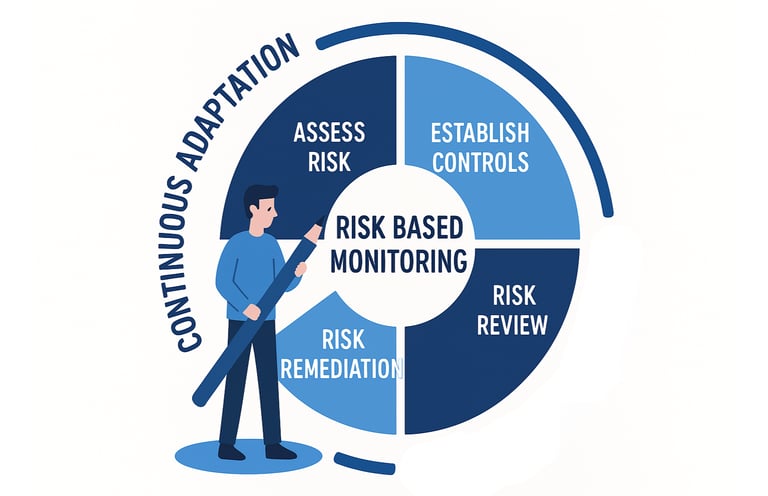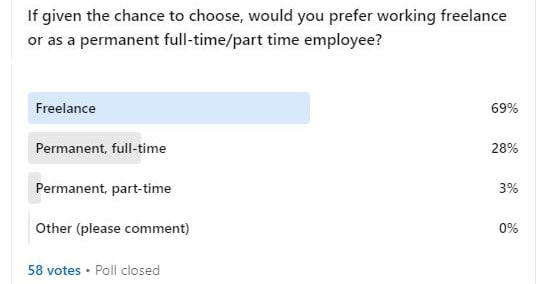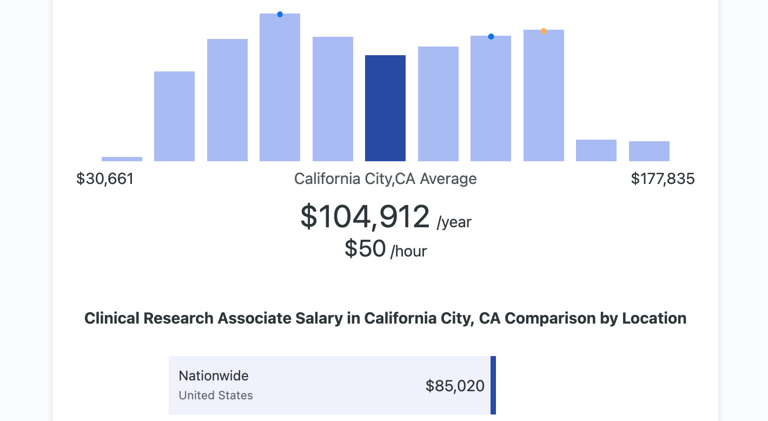The clinical research industry is in flux. Contract Research Organisations (CROs) like ICON and Charles River have announced layoffs, and analysts expect continued slowdowns in R&D spending from large pharmaceutical companies. This shift is putting pressure on full-time roles and changing how clinical research associates think about their careers.
In a LinkedIn poll led by Joseph Chee, founder of Freelance Clinical, nearly 70% of clinical research professionals said they would choose freelance over permanent employment. That sentiment reflects what we’ve been seeing across the industry: more freelance CRAs exploring independent work on their own terms.
As this movement grows, it’s reshaping how clinical trial sponsors and research teams hire and creating new opportunities for clinical research freelancers across the industry.
What’s pushing CRAs toward freelance work
Across the industry, clinical research associates are walking away from full-time roles. This isn’t a passing trend. It’s a response to real challenges. Among the many reasons, three stand out: flexibility, remote access, and better project alignment.
Flexibility is no longer optional
CRAs are not chasing freedom for its own sake. Many are reacting to burnout, unpredictable travel, and rigid schedules that left no space for life outside of work. Some cared for aging parents while managing trials. Others stepped away when child care became impossible to juggle.
Becoming a freelance CRA allows them to stay in the field without giving everything up. It offers control over time, space between projects, and freedom to say no. Clinical research freelancers are moving toward this model, and companies that want to retain talent will need to adapt.
Remote clinical research is creating new opportunities
Freelance CRAs are benefiting from the industry’s gradual shift toward Risk-Based Monitoring (RBM). Instead of constant site visits, more trials are adopting a hybrid approach where remote monitoring handles much of the data review, query resolution, and documentation management.
This model offers CRAs the flexibility to contribute effectively without the strain of constant travel.












